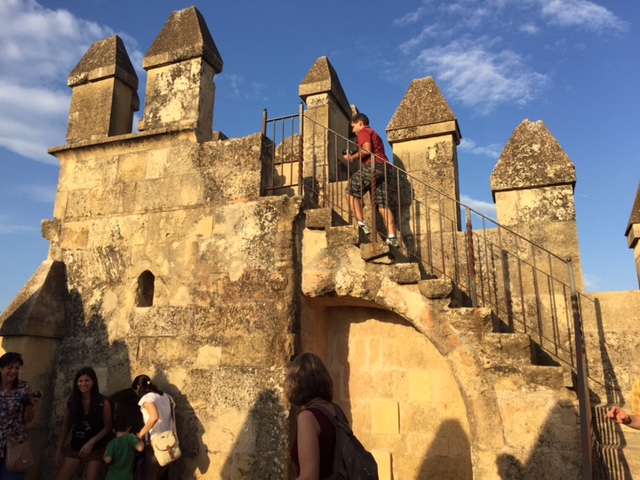Month: October 2015
-

Cordoba
-

Southern Spain
-
STRESS ITALIA.COM
It’s been a little stressful here in Italy. The Airbnb apartment I rented in Venice that cost a fortune was a dump and I nearly slept under a canal bridge because the landlady didn’t answer the phone when I arrived at night in the rain without my suitcase because Iberia lost my luggage. The place…
-
Southern Spain
Following my joyful two weeks of harvesting tomatoes and planting cauliflower at Tamera in the hot dry hills of southern Portugal I set off for southern Spain to discover Islamic architecture first hand. I’d seen picures of course but nothing prepared me for the magic of the architecture and gardens of Al-Andaluz, the Musim kingdom…